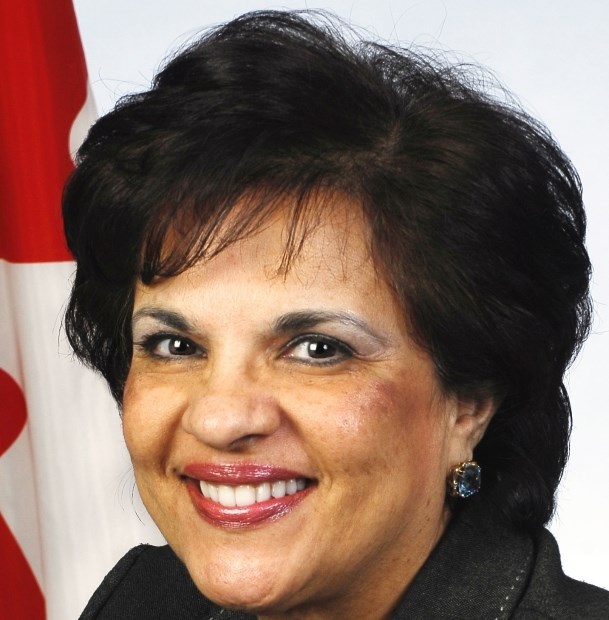At some points in my life, not so long ago, I had wished that I could be fluently bilingual in at least one other language.
Growing up in the 1950s and ’60s in Australia (where a unique version of English is still spoken today) I had considered bilingualism to be the mark of a truly educated individual and later, as an educator, was glad to support Canada’s awkward and, as it turned out, largely unsuccessful efforts to impose politically motivated bilingualism on Canadians coast to coast.
Nevertheless, I took for granted that access to a second language was going to be the key to the future for many Canadian kids and that French would probably be that language notwithstanding the fact that English, with 1.121 billion speakers is still the most commonly spoken and understood, followed by Mandarin, Hindi, Spanish and, in fifth place, French.
So as the world turns, and while being bilingual is still considered an advantage, as in Canada’s job market with French the second language of choice among employers, other languages are now gaining ground.
A recent Globe and Mail update on the status of French immersion programs across Canada described how the notion of the value of a second language has broadened considerably.
As far back as the 2006 census more than five million Canadians were speaking a mother tongue other than English or French — and projections suggest that number will continue to rise. School systems have already begun adding other languages to their second language curriculum, notably Spanish and Mandarin.
Influential political voices such as that of Sen. Mobina Jaffer, Canada’s first African-born Muslim senator, say it’s time for Ottawa to move beyond recognizing English and French.
Jaffer introduced a private member’s bill which, among other things, asked the government to play a leadership role in promoting other languages in schools.
“European and Asian countries do it so much better,” she said. “It’s a given in their schools that students will learn to speak two to three languages fluently. We need to get there, too, because that will help us economically with trade opportunities and promote more cross-cultural dialogue.”
According to Canadian Parents for French, there are about 338,000 students across the Canada enrolled in French immersion programs and another 1.5 million are taking core French as a second language courses.
While FI enrolment has jumped drastically since the 1970s, recent growth has slowed. In B.C., the growth of French immersion has been hampered by two things: The availability of French-speaking teachers who are not just bilingual but are experienced K-12 teachers and, secondly, as a result, the enrolment caps on available FI spaces.
Too bad, because many modern language researchers agree with philosopher Ludwig Wittgenstein who wrote, in 1922: “The limits of my language mean the limits of my world.” Wittgenstein was making the case that when we learn to speak a different language, we learn to see a bigger world.
Again, language educators and researchers have found that because an increasingly bilingual child switches between languages he/she develops enhanced “executive control,” meaning the ability to effectively manage what are called higher cognitive processes, such as problem-solving, memory and thought.
The bilingual student, say researchers, emerges from language education with a more flexible and agile mind.
All well and good, but with the emergence of improvements in machine translation and speech recognition technologies in recent years will language programs become redundant?
The application of artificial intelligence to translation programs has resulted in remarkable improvements in the quality of Google translations, and increasingly accurate pocket-sized AI speech-recognition technologies are now widely available.
Google has announced the upcoming launch of wireless headphones which feature real-time language translation. With the advent of these technologies, do we still need to learn other languages?
“Absolutely yes,” say bilingual educators. Word meanings and sentence structure sometimes miss the nuances of language. This has important implications for international business, even political relationships.
So rather than making the need for learning languages outmoded, we are in fact entering a world in which awareness of the subtle cultural differences expressed in some languages is a must in an international world, and technology is not there yet.
Then there’s the auto-bilingualism or trilingualism which develops not from any school program but by virtue of the geographic proximity as with the kid who pumped my gas in southern Germany and who could converse comfortably in English, French, Italian or his native German.
Nelson Mandela, who was fluent in Xhosa, English and Afrikaans, was right when he explained: “If you talk to a man in a language he understands, that goes to his head. If you talk to him in his own language, that goes to his heart.”
Geoff Johnson is a former superintendent of schools.



